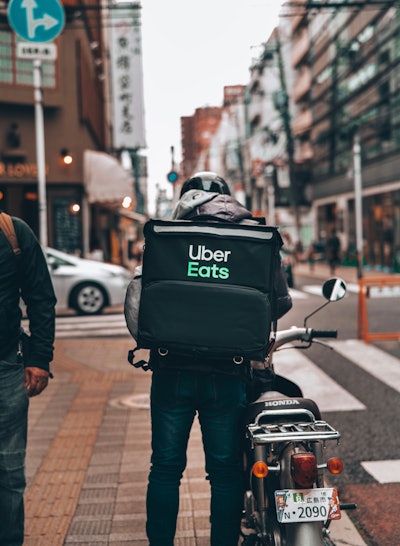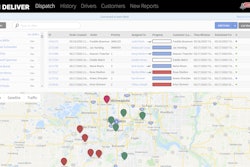
Service Management Group (SMG) has introduced its third annual report on third-party delivery: Take control of third-party delivery to protect your brand.
As the experience management (XM) leader in the restaurant industry, SMG has closely followed the rise of off-premise dining and the impact of COVID-19 on consumer behavior to help restaurants navigate customer experience challenges, protect brand reputation and drive customer loyalty.
Using BrandGeek—SMG’s market intelligence tool and the fastest, most accurate source of behavioral data linked to customer feedback in real time—SMG launched the longitudinal third-party delivery study in late 2017 and has collected three waves of consumer feedback.
SMG has answered three key questions to help restaurant brands capitalize on third-party delivery:
1. What is the state of third-party delivery? Third-party delivery awareness and usage continue to rise, though at a slower rate than the last two waves of this report. Prior to the pandemic, 80 percent of respondents were aware of third-party delivery and 43 percent reported using the service in the past three months. And third-party delivery isn’t just gaining more customers, it’s seeing more frequent repeat customers, with 25 percent of respondents using it more than they have in the past. Providing fast and convenient food options is the name of the game, with casual, fast-casual and fast-food concepts making up 74 percent of third-party delivery orders in this study. As delivery service has become more ubiquitous, orders by restaurant type have shifted across the board, with casual and fast-food brands increasing year-over-year market share by 10 and 16 percent, respectively.
2. Is delivery causing restaurant cannibalization? While intuition might suggest third-party delivery is cannibalizing restaurant business, this study reveals quite the opposite. For respondents who started using third-party delivery following the previous wave of this study, there was a five percent increase in restaurant visits. Convenience is king for these users, and when they do visit a restaurant, they are two times more likely to use the drive-thru than dine in or carry out. When it comes to selecting which restaurant to order from on a third-party delivery app, consumers are primarily motivated by a craving for a specific type of food or low delivery cost, but previous positive experience is also a key driver. What is more, 3 out of 4 consumers reported that if a restaurant isn’t available via third-party delivery, they will either get food elsewhere or skip the meal.
3. What are the biggest risks and opportunities? Problem occurrence has continued to rise since the inception of the study, and it’s increased by 22 percent since 2017, with 42 percent of respondents reporting they’ve experienced a problem with a third-party delivery order. Although the transaction is processed by the delivery provider, 35 percent of customers place the blame solely on the restaurant when issues arise, and more than 60 percent of consumers believe the restaurant is at least partially responsible. When a problem is reported, accuracy is cited 40 percent of the time (two times more frequently than the second most common problem type) and represents the greatest opportunity for restaurants to reduce problem occurrence.
“When you combine the impact of the coronavirus with the widespread awareness and increasing adoption of third-party delivery, restaurant brands can’t afford to overlook this growing channel,” said SMG President Michele Vance. “Delivery sales are projected to outpace on-premise revenue for the near future, and third-party delivery owns a big chunk of the market.”



















